Let’s not beat around the bush — Australia’s got a reputation for things that bite, sting or surprise you in the loo. And while most of the buzz goes to the Outback or the tropics, the Great Ocean Road isn’t exactly animal-free. That stretch of road hugging Victoria’s southern coast. It’s home to some amazing wildlife in their natural habitat that’ll make you think twice before wandering off the track in thongs.
But don’t cancel your road trip just yet. Most encounters with Aussie animals are rare and common sense goes a long way. Let’s have a look at the wild animals you might come across — and what to do if you do. Many Great Ocean Road tours include wildlife stops, so a bit of prep means you can enjoy the animals without any drama.
Contents
- 1 1. Snakes: Just Sunning Themselves
- 2 2. Spiders: Mostly Harmless
- 3 3. Bluebottles and Jellyfish
- 4 4. Koalas: Cute, Yes. Cuddly? No.
- 5 5. Kangaroos and Wallabies
- 6 6. Birds With Attitude
- 7 7. Possums and Bush Rats
- 8 8. Marine Life: Look, Don’t Touch
- 9 9. Ticks and Leeches
- 10 Indigenous Land and Wildlife
- 11 When Are Animals Most Active?
- 12 How to Stay Safe
- 13 Last Word
- 14 FAQ
1. Snakes: Just Sunning Themselves
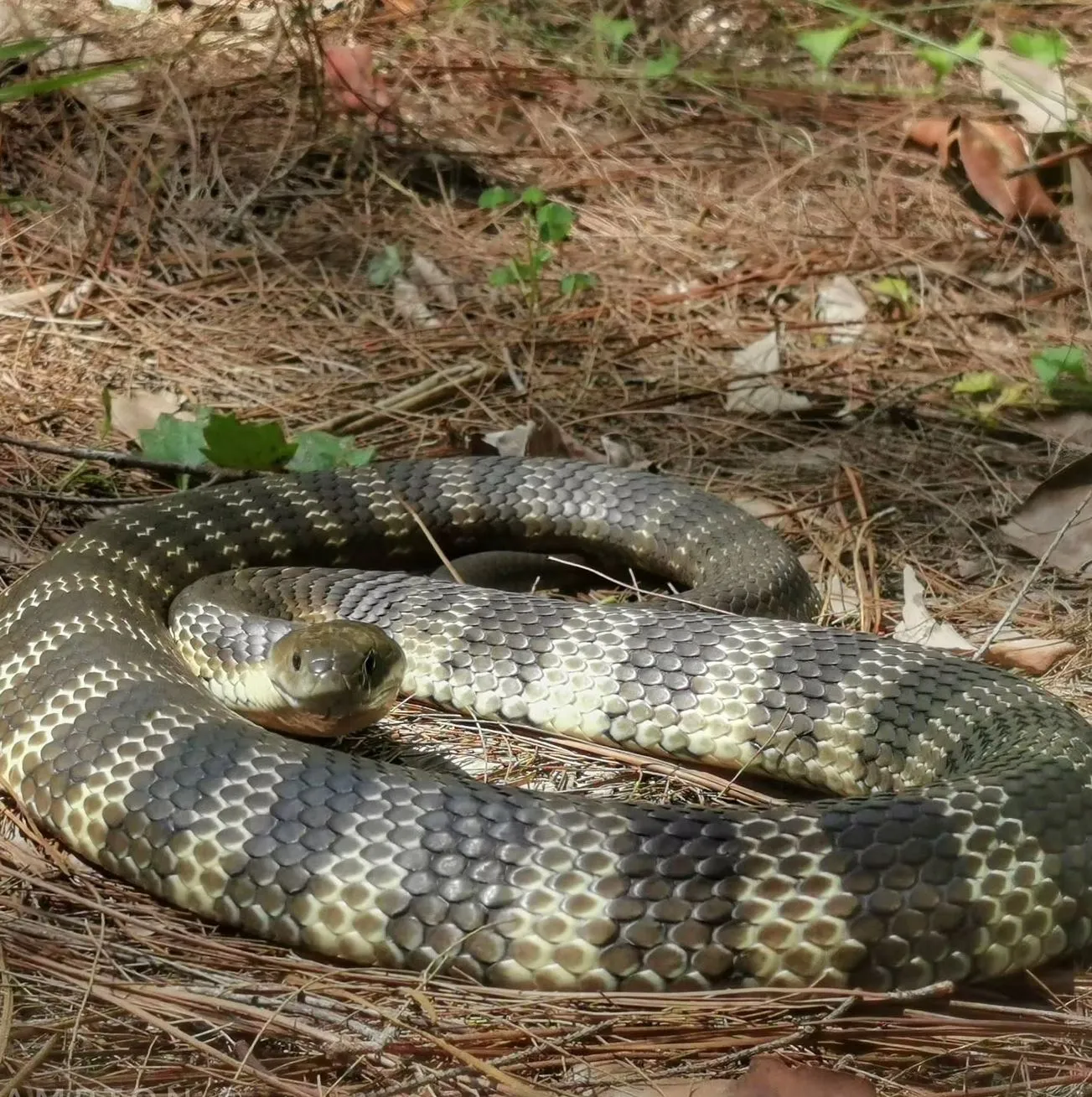
Victoria has several snake species and yes, some of them are venomous snakes. Along the Great Ocean Road you’ll find:
- Tiger snakes
- Lowland copperheads
- Eastern brown snakes (less likely in coastal areas)
You’ll find them basking on beach sand, near gum trees or slinking through long grass. They’re not aggressive unless cornered.
What to do:
- Stick to marked walking tracks.
- Don’t walk through long grass in sandals.
- If you see a snake, stop, back away slowly and let it pass.
Snake bite tip: Carry a pressure bandage in your day pack. Don’t try to suck the venom — we’re not in a Hollywood movie.
2. Spiders: Mostly Harmless
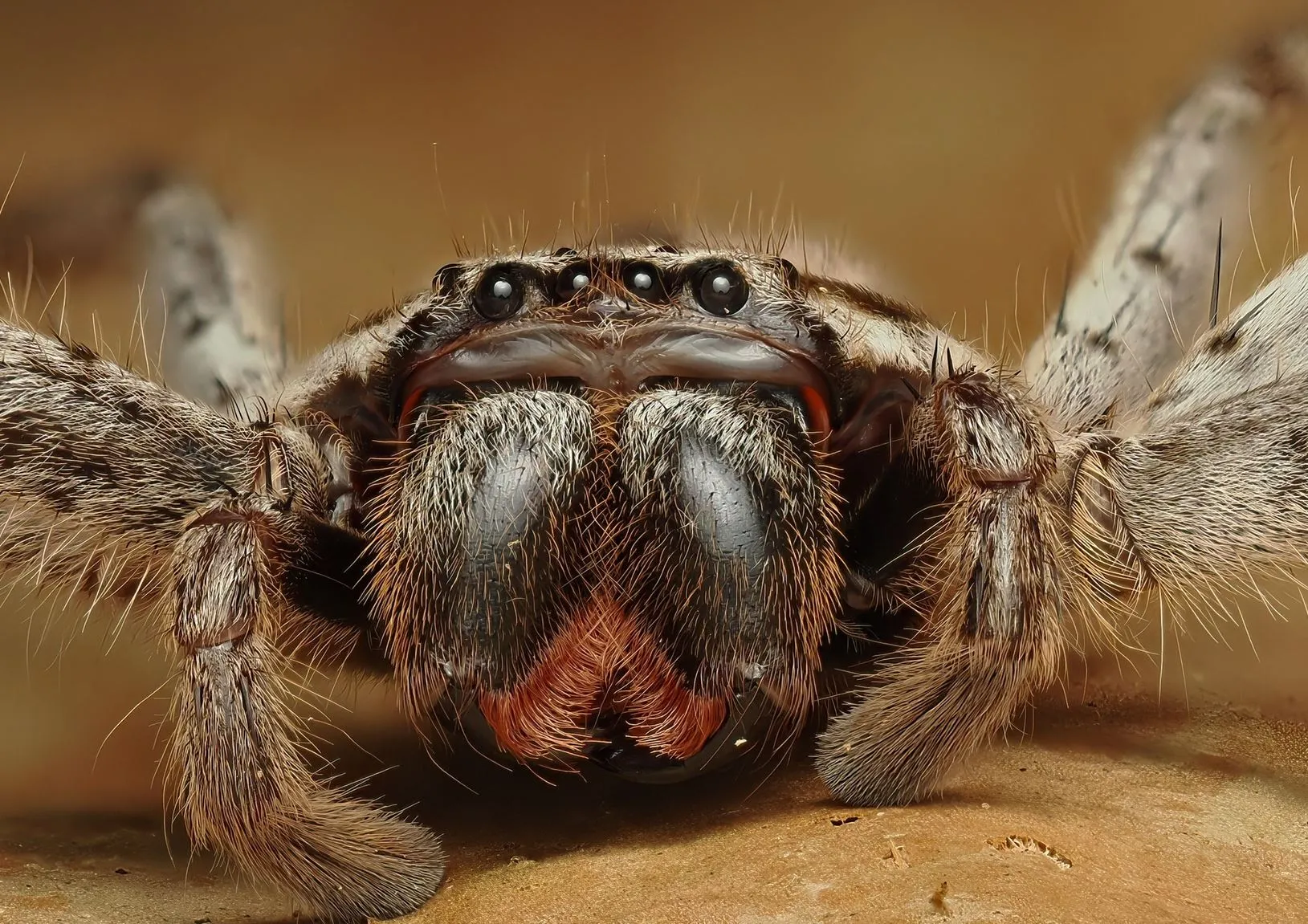
Aussie spiders are world famous — mostly due to international paranoia. Truth is, the ones you’ll see on the Great Ocean Road are more of a nuisance than a danger:
- Huntsmen (big and hairy but not deadly)
- Redbacks (venomous but bites are rare and treatable)
You’ll find them in day-visitor car parks, dunnies, sheds and sometimes tucked into tent flaps. They like a dark nook.
What to do:
- Check boots and swags before using.
- Shake out your towel if it’s been hanging outside.
- Don’t squash them with your bare hands — obvious but worth saying.
3. Bluebottles and Jellyfish
Some days along the coast — especially during warm weather or after strong winds — you’ll see bluebottles washed up on the sand. They’re tiny marine creatures with a blue bubble and a trailing tentacle. Step on one and you’ll know it.
Other stingers like lion’s mane or compass jellyfish might also turn up in the surf, even at patrolled beaches.
What to do:
- Don’t touch any jellyfish, dead or alive.
- If stung, rinse with seawater (not fresh) and apply heat if available.
- Vinegar works for box jellyfish — not usually needed here but surf clubs often stock it.
4. Koalas: Cute, Yes. Cuddly? No.
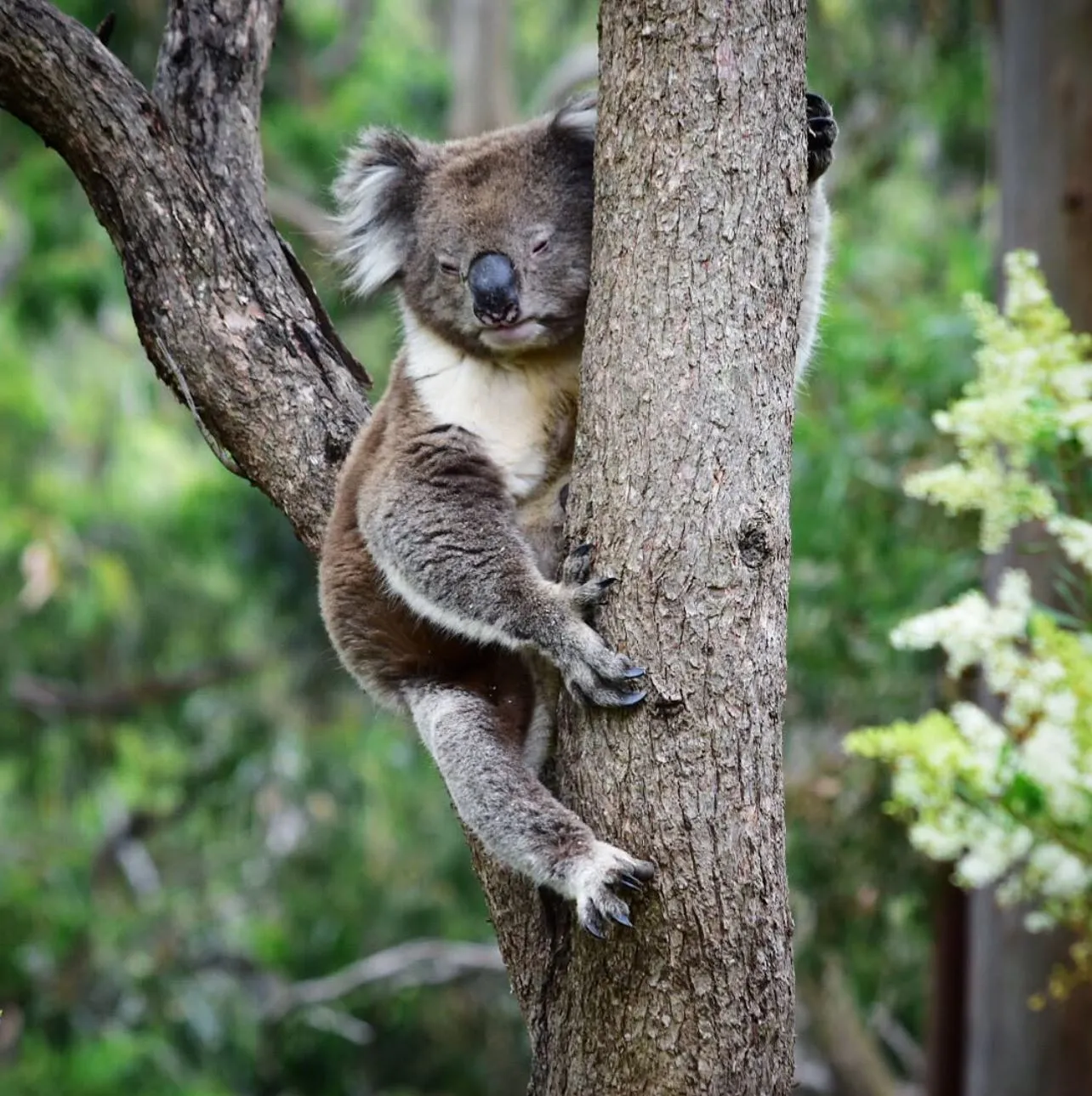
They’re a tourist favourite, especially in rainforest gullies and eucalyptus trees near Kennett River but koalas aren’t keen on selfies. They’re wild animals and they have claws. They also grunt like pigs and can drop from trees if spooked.
What to do:
- Observe from a safe distance.
- Never feed or try to touch one.
- If one’s crossing the road, let it — and slow down around bends.
On some Great Ocean Road tours from Melbourne you might get lucky and spot koalas snoozing in the gum trees — always let them sleep.
5. Kangaroos and Wallabies
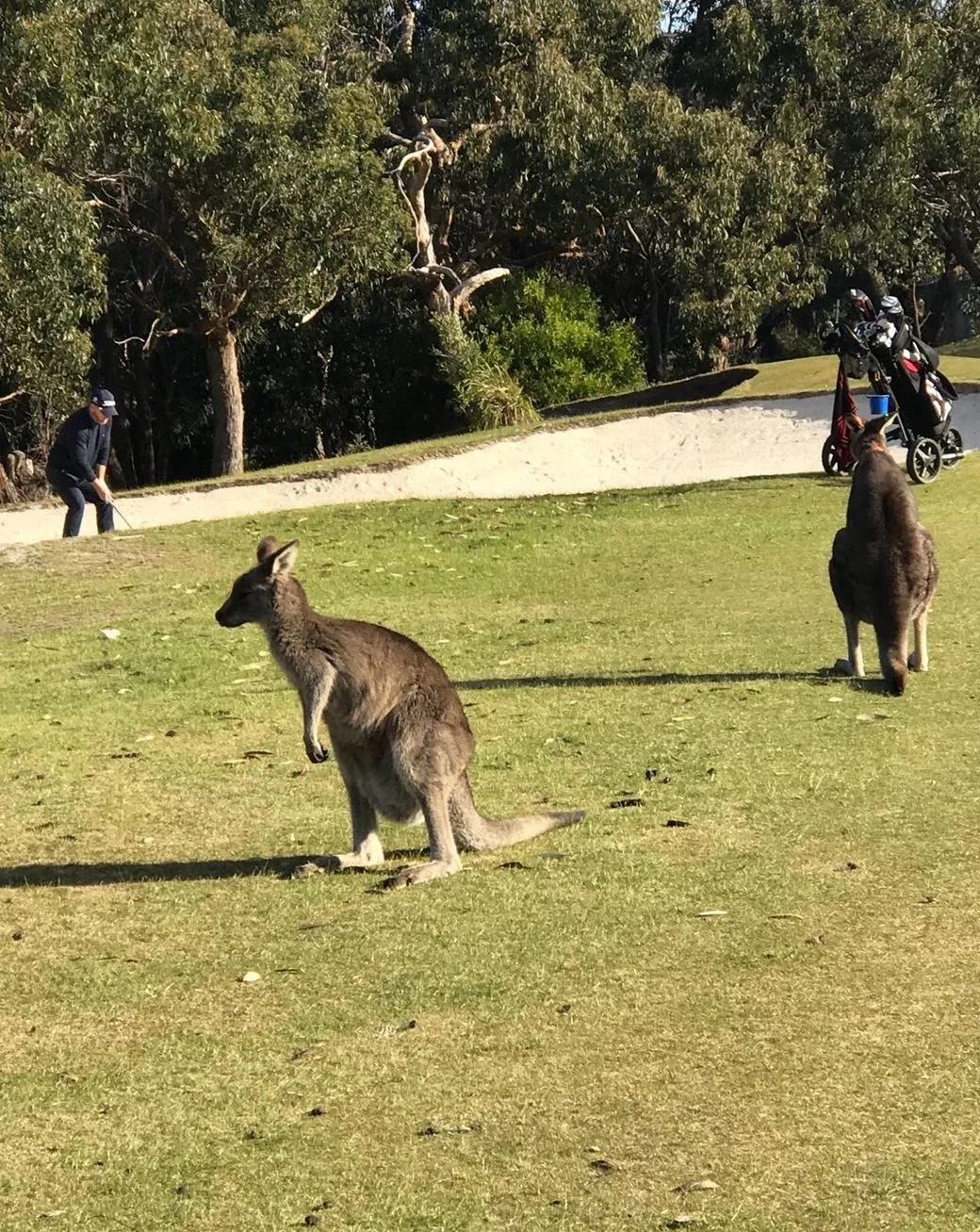
Out near Anglesea Golf Club or in the more isolated beaches and inland stretches, you might spot a mob of roos. They’re curious, but they can also be skittish or defensive — especially males in mating season.
Biggest risk? Hitting one with your car at dawn or dusk. That’s when they’re active, and they can leap out faster than you can react.
What to do:
- Slow down around bushland.
- Don’t feed native wildlife (chips aren’t roo tucker).
- Keep your distance. A boxing kangaroo is no joke.
Some Melbourne Great Ocean Road tours include inland wildlife stops — just remember these aren’t petting zoos.
6. Birds With Attitude
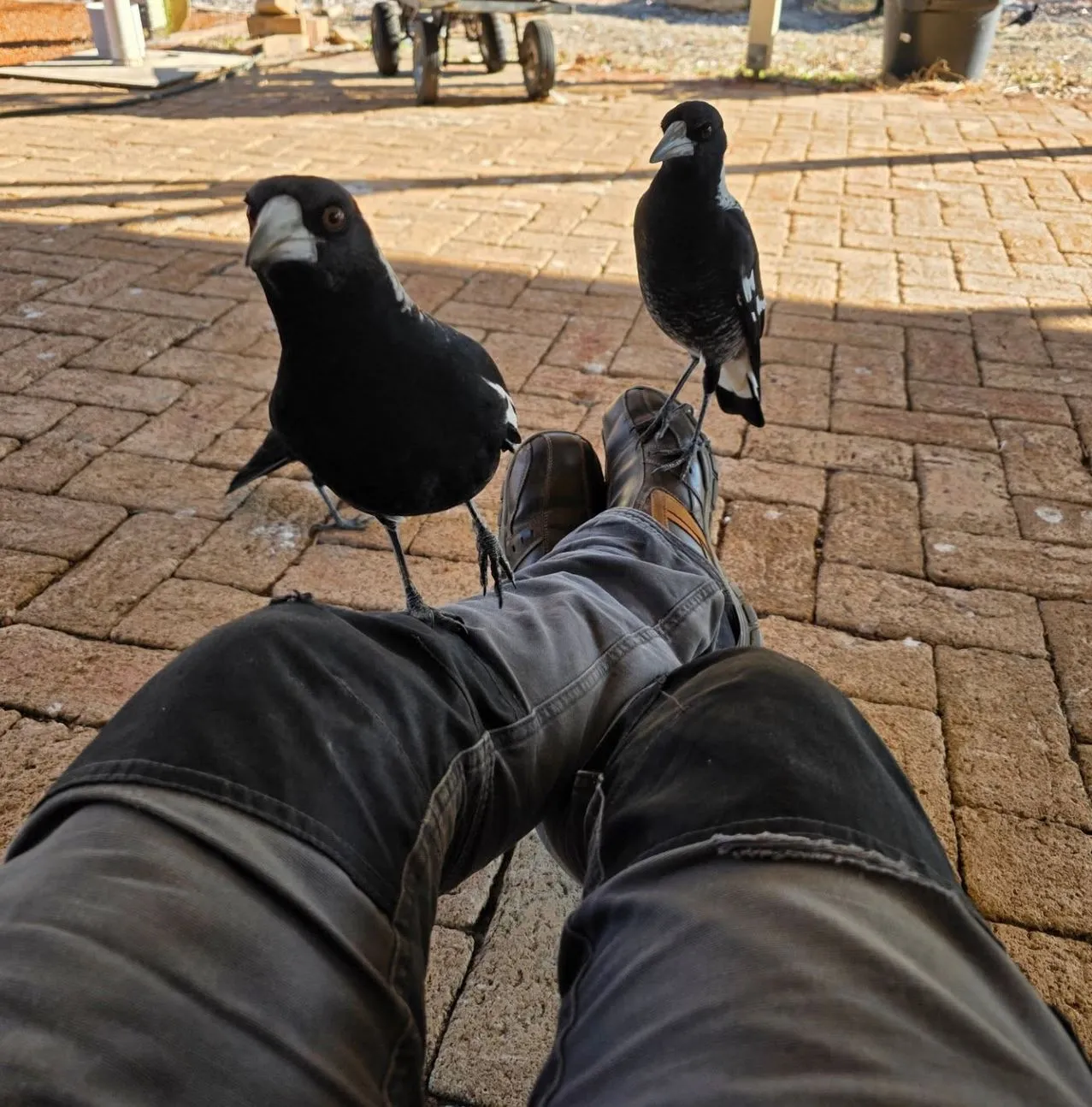
Springtime brings nesting season, and that means swooping. Magpies are the main offenders, especially if you’re cycling or walking near their tree.
What to do:
- Wear a hat or helmet.
- Avoid known swooping zones (often signposted).
- Don’t wave your arms — it just makes you more interesting.
Plover parents also get defensive, but they’re more bark than bite.
7. Possums and Bush Rats
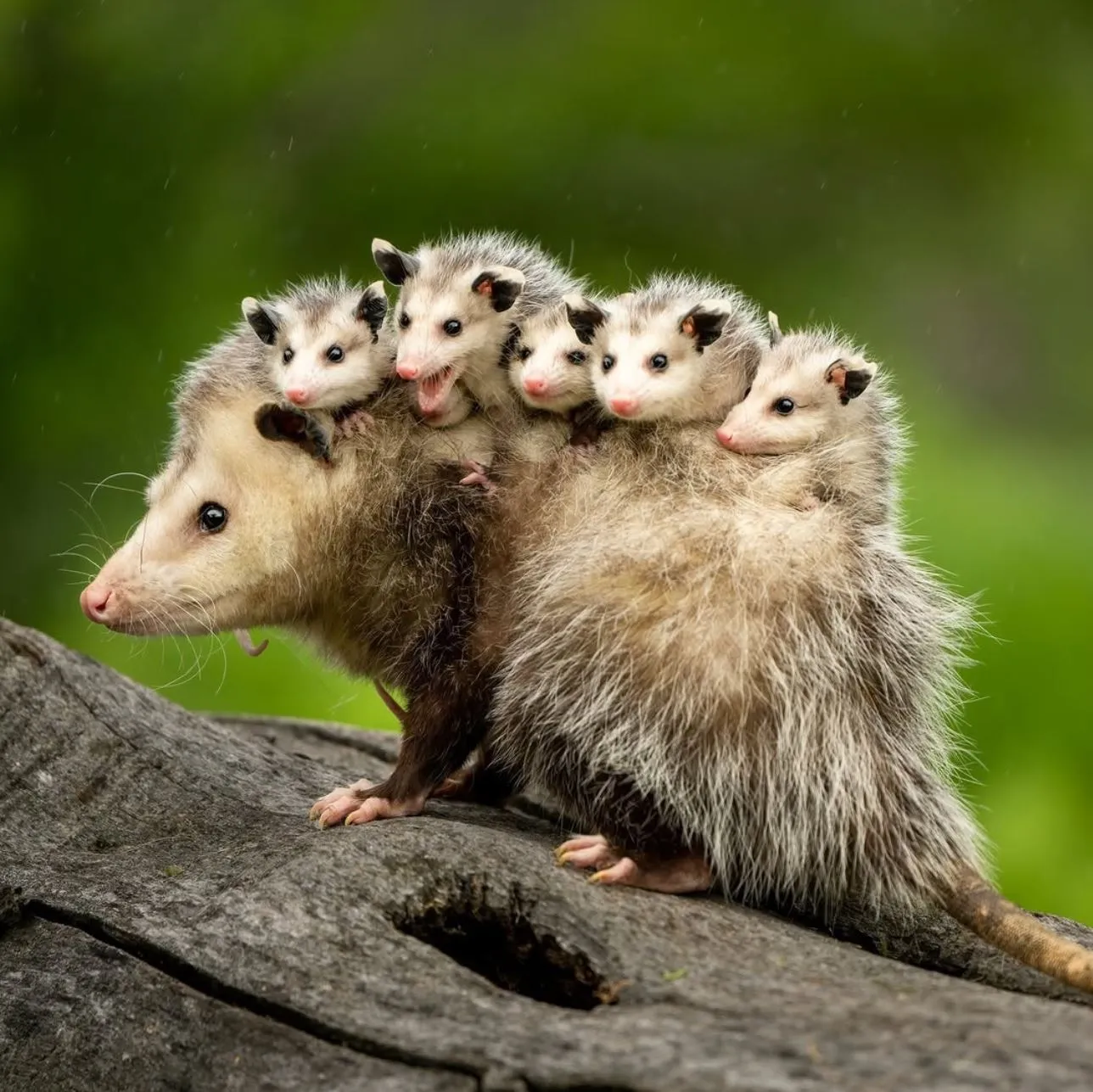
These guys won’t hurt you — but they will ransack your food stash. Possums are bold. They’ll unzip a tent if they smell Tim Tams.
What to do:
- Lock food in your car or public parking areas if no lockers are provided.
- Don’t feed them, no matter how cute.
- Secure your bin lids at campgrounds.
8. Marine Life: Look, Don’t Touch
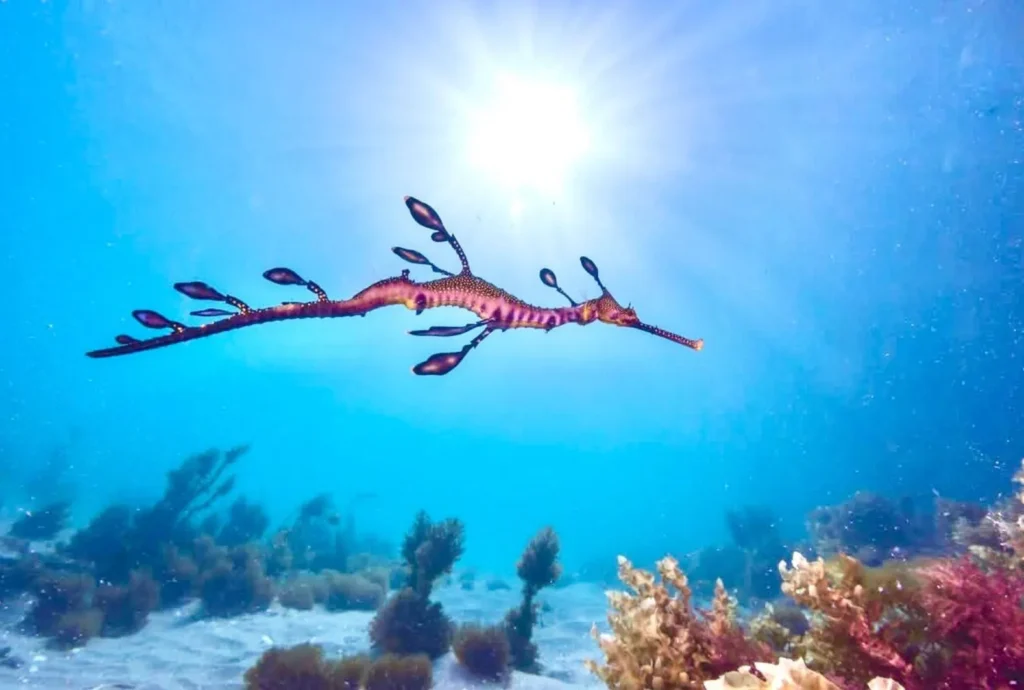
The Great Ocean Road’s got some incredible marine creatures in Australian waters — but even there, you need to be mindful.
- Stingrays hang out near shallow reefs.
- Weedy sea dragons are harmless but vulnerable — don’t chase them.
- Octopuses can give you a nip if provoked.
What to do:
- Respect marine conservation rules and no-take zones.
- Don’t poke, prod or pick up sea creatures.
- If unsure, just enjoy the natural wonders from a distance.
9. Ticks and Leeches
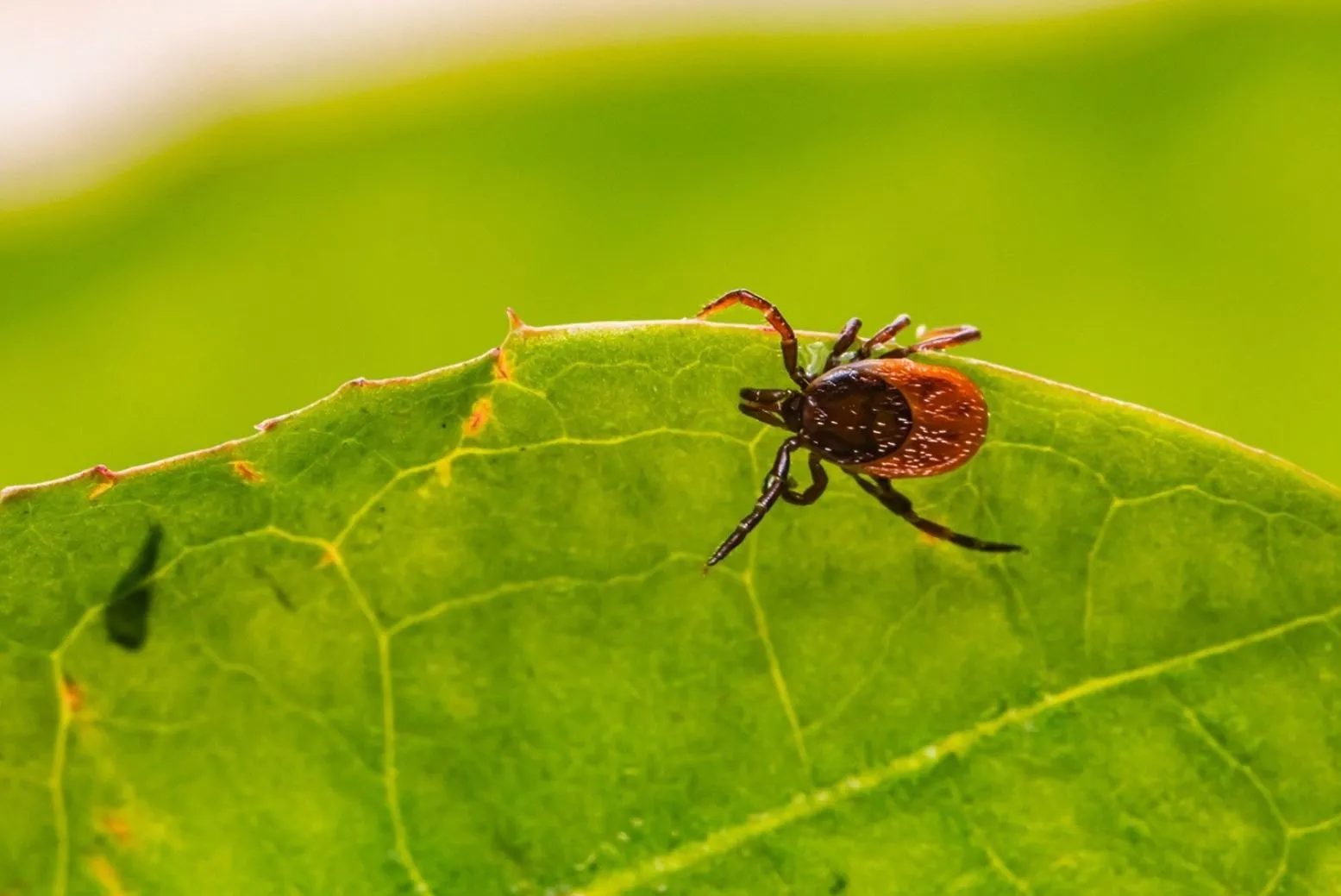
If you’re on a long-distance walk, registered hike or bushwalking in ancient rainforests and national parks, especially inland or after rain, you might pick up a few hitchhikers.
What to do:
- Wear long socks and sleeves.
- Use insect repellent with DEET.
- If bitten, remove ticks carefully with tweezers — no twisting.
- Leeches? Salt or a fingernail flick will do.
Indigenous Land and Wildlife
Parts of the Great Ocean Road go through land that has deep Aboriginal significance. The Gunditjmara, Gadubanud and Wathaurong people have been here for tens of thousands of years, living alongside native species and reading the land.
When you’re in these areas:
- Take the time to learn local names and stories.
- Tread lightly.
- Respect any signs or access notes from Traditional Owners.
When Are Animals Most Active?
Animals don’t run to our clock, but some patterns help:
- Snakes: Spring to autumn, warm weather
- Kangaroos: Dawn and dusk
- Magpies: Spring nesting (Aug–Oct)
- Bluebottles: Summer, onshore winds
- Leeches/ticks: After rain, in damp bush and greenery
How to Stay Safe
Here’s a quick checklist to keep your Great Ocean Road trip relaxed and environmentally friendly:
- Pack a first aid kit (pressure bandage, vinegar, tweezers, antiseptic)
- Wear closed shoes on hikes
- Don’t walk off-trail on private land or sensitive natural areas
- Keep your food secure
- Watch for wildlife signs — they’re not there for decoration
- Slow down on country roads
- Don’t swim at isolated beaches or where there’s no beach access
- Use public transport or day tours where possible to reduce your impact
- Chat with park staff at national parks for updates
Last Word
The Great Ocean Road is wild — in the best way. Yes, there are deadly creatures and wild animals about, but that’s part of the fun. You’re in their backyard, after all.
With a bit of awareness, some respect and the right gear, you’ll have a blast. Watch where you step, zip your tent and keep your sense of humour next to your insect repellent.
Because out here, the wild animals are part of the story you’ll be telling for years.
FAQ
Are there crocodiles along the Great Ocean Road?
No. Crocs are a Top End problem — you won’t find freshwater crocodiles or salties this far south. You can swim in most places but always check local signage first.
What do I do if I see a snake while hiking?
Freeze, then slowly back away. Don’t try to move it or poke it with a stick. Most snake bites happen when someone tries to interfere.
Are any beaches unsafe due to jellyfish?
Occasionally, yes — especially after northerly winds or hot days. Local surf lifesaving clubs will often put up signs if stingers are about.
Can I camp safely along the Great Ocean Road with kids?
Yes. Just take the usual precautions: zipped tents, no food left out, mozzie spray, and a torch handy for nighttime toilet trips.
What time of year is safest for wildlife encounters?
Winter is quieter. Less snake activity, fewer mozzies and the magpies aren’t swooping. Just rug up — it gets cold down there.

